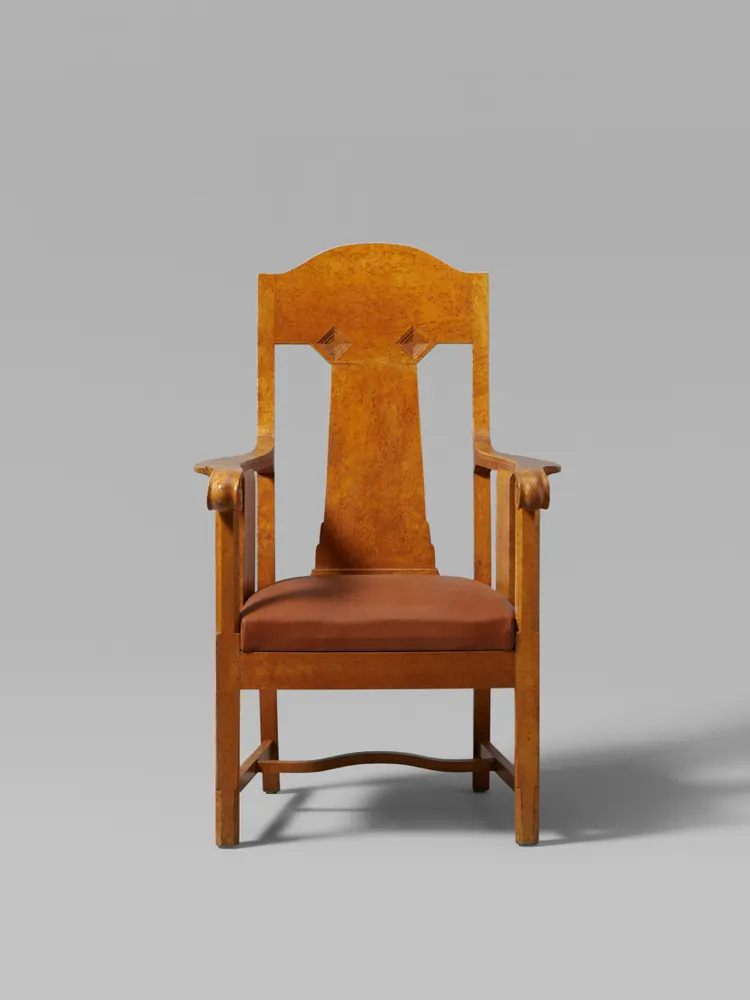Popular searches:
Swedish Art Nouveau
Description: Art Nouveau was certainly an international movement, but in Sweden it took on a very personal manifestation. It was a fusion of the sensual beauty and wild magic of nature with the stirrings of national identity. In Swedish Art Nouveau, or National Romanticism, which flourished between the late 19th century and the early decades of the 20th century, both applied arts and architecture shared these characteristics, with flowing lines being a distinctive feature.One thing that set Swedish Art Nouveau apart from the rest of the continent was that it drew much of its inspiration from Nordic flora and fauna. Designers looked to Sweden's forests, lakes and coastline for inspiration. Stylised pine trees, water lilies and the animals of the local forests appeared in everything from textiles and ceramics to metalwork of all kinds. For Carl Larsson, the connection with nature was more than just a passing fad, and his love of the Swedish landscape was to be translated into an original Swedish form of art.Swedish Art Nouveau also saw the decline of internationalism and the rise of localism - folklore, a renewed appreciation of traditional craftsmanship. The 'national romantic' style favored by the Swedes often involved an association with folk art, mythology and history, and this style combined well with the characteristic curved lines and ornamentation of Jugendstil. This combination gave Swedish Art Nouveau a unique character from the more cosmopolitan expressions of Art Nouveau found in the rest of Europe.Another characteristic of Swedish Art Nouveau was that it showed the loving care of the maker. Designers were more attracted to a traditional object made by hand, using a traditional manufacturing process. This was in line with the move towards industrialisation and mass production, and showed that people wanted something that was real and showed individuality. Swedish Art Nouveau was particularly strong in glass, porcelain, textiles and wrought iron.Although Swedish Art Nouveau focused on nature and tradition, it was by no means backward-looking. Artists, eager to use new materials and techniques, embraced it with enthusiasm. They also introduced a touch of geometric simplicity to the curvilinear organic forms of Art Nouveau, which would become a hallmark of later Scandinavian design movements.


